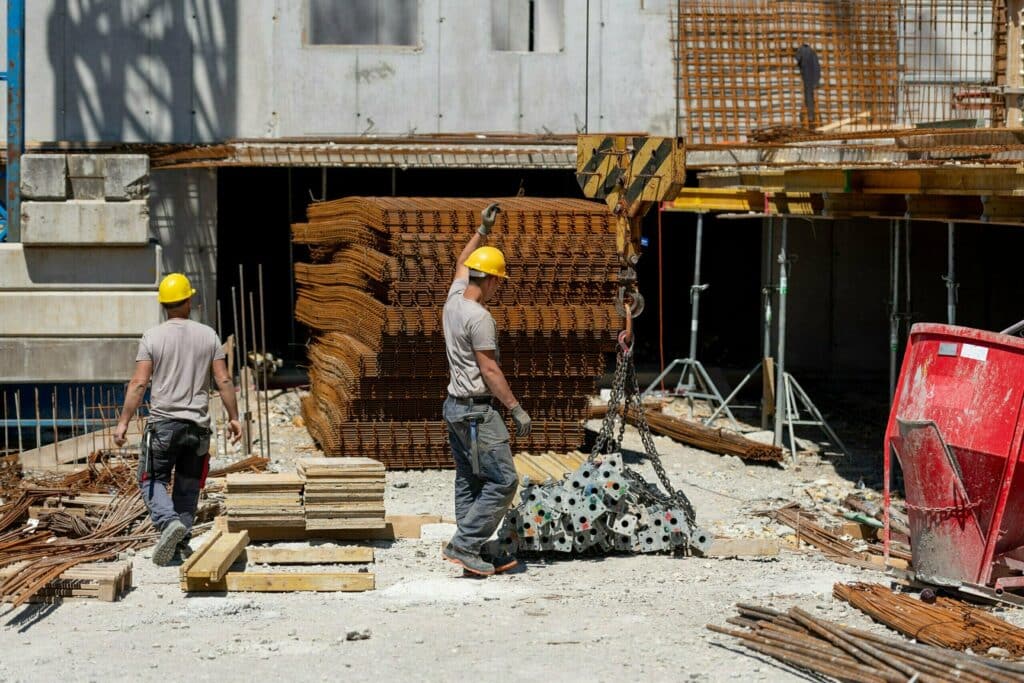It’s no secret that construction industry workers face unique risks compared to the rest of the workforce, thanks to high-exertion tasks, hazardous work environments, and other factors. Indeed, one in five deaths among US workers occurs in the construction industry, and OSHA reports that at least one in ten construction workers are injured every year.
And the consequences of those injuries don’t end with workers’ compensation claims, treatment costs, and lost work days. High injury rates can also contribute to more intangible workforce problems such as mental health issues and fatigue, which also carry their own cost burdens for the employer.

For Nicholas Laughlin, GSP, who works as Safety Director for Tofel Dent Construction, LLC., these issues are part of everyday life. Since launching a career in the safety industry in 2008, Nicholas has partnered with a wide range of safety professionals and enterprises to create integrated, holistic safety solutions for workers in high-risk industries such as construction. He has witnessed an array of strategies for injury prevention and promoting wellness among workers, and maintains a certification in Instinctive Movement Systems, which helps workers learn intuitive movements that help them perform like industrial athletes in the workplace.
In the latest episode of the DORN Injury Prevention Podcast, Nicholas joined the show to talk about how construction employers are adapting to rising injury rates and increasing stress levels with holistic solutions that utilize a total-worker approach to safety and wellness. Nicholas brings his wealth of insight to discuss the unique challenges facing construction workforces and how mental health is inextricably tied to physical safety.
Catch the podcast here: https://youtu.be/DNZ-37R2E1s
Safety Culture and Mental Health in Construction
With all the risks that construction workers face on a daily basis, there may be no other industry in which establishing a strong safety culture is more important. In construction, every day carries risks—every task and responsibility includes built-in hazards, so safety programming must be totally interwoven in the culture of the workforce.
As Nicholas notes in his conversation on the DORN podcast, a positive safety culture must include buy-in not just from workers, but from safety managers and even the C-suite. Effective communication is crucial, and keeping employees informed and well-trained on key safety issues can also help curb mental health issues that can affect safety and productivity.
New Developments: Infrastructure Bill’s Implications for Construction Industry Safety
In November of 2021, U.S. President Joe Biden signed into law the Infrastructure Investment and Jobs Act, a package of provision that provides funding for a wide array of infrastructure construction and improvement projects across the country.
Obviously, any legislation that includes construction will have some impact on the safety world, and this bill is no different. The bill is estimated to increase construction funding by at least 5% in its first year, with similar boosts lined up for the following year. In order to meet the challenge and growing demand, construction employers will likely need to hire thousands of new workers to power these new projects.
That means safety challenges are coming. Newer employees bring less experience and knowledge of the construction business and how these unique worksites operate, putting them at higher risk of injury. Moreover, the increase in funding will likely spur a fast pace of work as new initiatives are launched and improvements are scheduled to existing infrastructure. Construction employers will face higher risks and greater demands on their safety resources as a result.
That’s why it’s more important than ever for construction employers to start thinking about evolving their safety programming for the new era of work, utilizing integrated solutions that tackle physical risk factors, environmental hazards, and mental health and wellness issues.
Are you ready to start building out your safety program for your construction workforce? Explore DORN’s new service package tailored specifically to construction workers and sites, and contact us to set up a meeting to discuss how we can help you meet your safety goals for 2022 and beyond.



